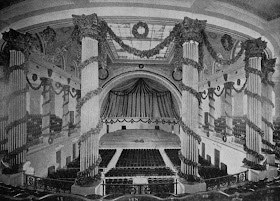On Thursday April 21, Glessner House Museum Chicago Lincoln Park
One of the most interesting stories surrounded the creation and installation of the statue of Alexander Hamilton, the great patriot who served as the first Secretary of the Treasury. Located east of the intersection of Wrightwood Avenue and Lincoln Park West, the 13 foot high bronze statue is layered in gold leaf and stands proudly atop a red granite base. The benefactress was Kate Sturges Buckingham, who lived most of her adult life at 2036 S. Prairie Avenue, just a few blocks south of the Glessner house. Buckingham is well-known for the magnificent gift she gave to the city in memory of her brother Clarence – Buckingham Fountain in Grant Park – but few are aware of the gift of the Hamilton statue or her other gifts to the city.
When Kate Buckingham died in December 1937, she left the enormous sum of $1 million for the Hamilton Lincoln Park Lincoln Park Indiana Hamilton
Buckingham never married, and as the last surviving child of Ebenezer Buckingham, a highly successful grain elevator owner and operator, her fortune was considerable. In addition to the fountain and statue, she provided generously to many charities, but her great love was the Art Institute, which received numerous gifts of art and money throughout her life. At her death, the majority of her $4 million estate, including her Prairie Avenue home, was bequeathed to the Art Institute.
To learn more about the Hamilton statue or any of the other portrait statues in Lincoln Park, visit www.lincolnparkstatues.com, where you can also order copies of Krista August’s book “Giants in the Park: A Guide to Portrait Statues in Chicago’s Lincoln Park.”






